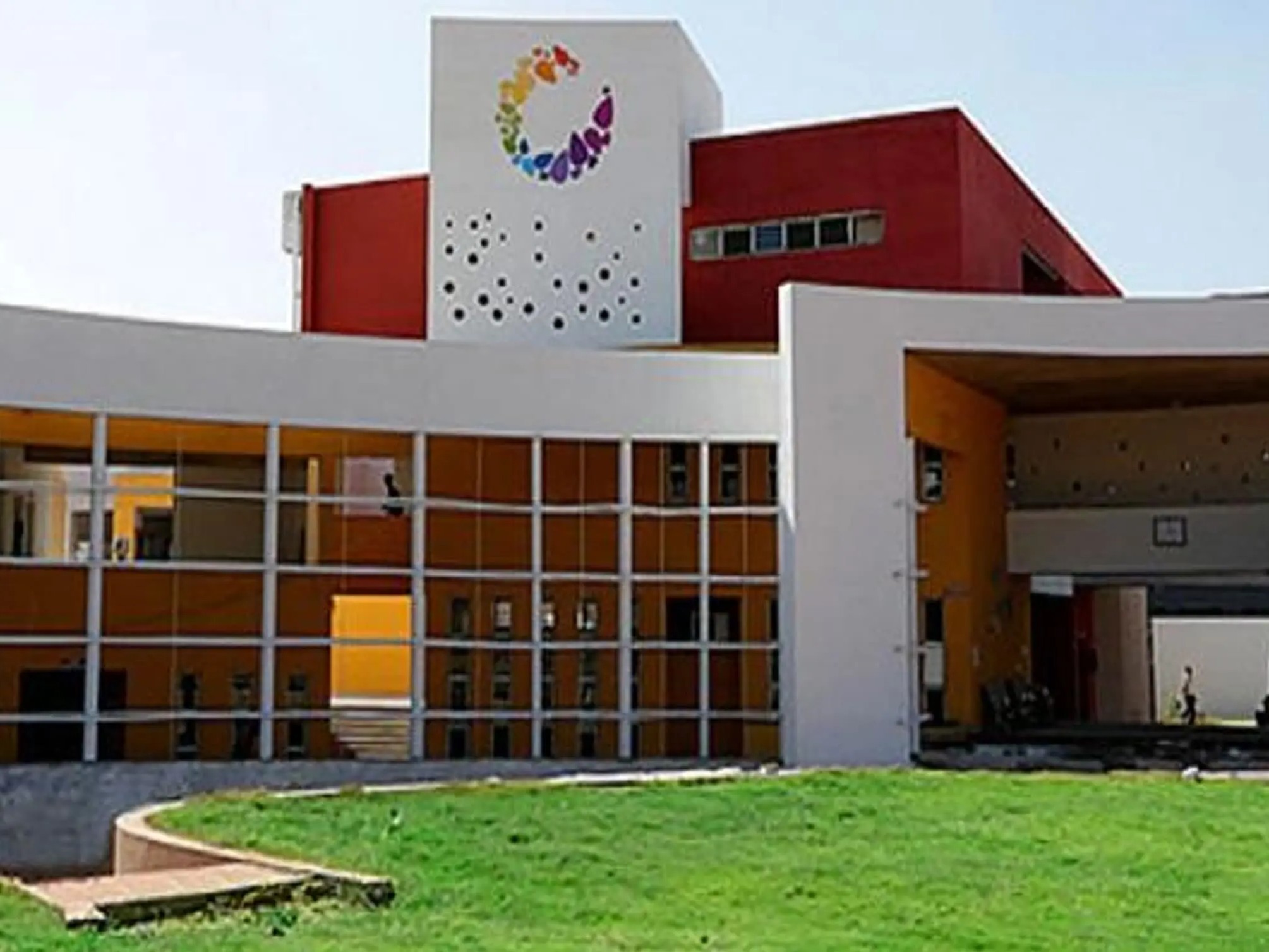Why has microfinance been so talked about and practised of late? How can it shape the future of a nation?
Initially the scope of micro finance was simple and charitable. The programme was started by donor-driven organisations, with ‘not-for-profit status’, and a mission to eliminate poverty and give out very small business loans to help the poor. Banks did not approve the loans to the have-nots. It was also difficult to expand the operations due to lack of funds. It was at this point of time that the MFIs slowly got transformed to NBFCs and attained for-profit status and the banks have since then started financing larger amounts to the NBFCs.
Today, after three decades of rapid growth, the microfinance industry has become more exposed and governments and regulators have realised the importance of scaling up microfinance operations across the country. As per Sa-Dhan’s quick report, there are about 1200 micro finance institutions operating in India with different legal structures, and the sector is growing over 50 per cent a year.
Public and private commercial banks realised the need for microfinance at the bottom of the pyramid and are now entering microfinance markets that were once solely the territory of philanthropists. Commercial investors are also seeing attractive returns on investments that have encouraged some more PE investors to invest money in the sector.
However, microfinance is not yet at the centrestage of the Indian financial sector. The knowledge, capital and technology to address related challenges however now exist in India, though they are not yet fully aligned. With a more enabling environment and surge in economic growth, the next few years promise to be exciting for the delivery of financial services to the poor people in India.
Has microfinance any special significance especially when the world faces an economic crisis? What have been the major developments in the field of micro finance that have had a positive impact on the world?
Microfinance has been able to withstand the impact of global recession by way of ensuring continuous fund flow, increasing access to financial services, increasing credit-worthiness, customer-friendly services and flexibility of the products. As per MIX market / Sa-Dhan data, the portfolio growth has been substantial in the recent years because of the systems and processes, professional approach, timely guidance from the top management, good corporate governance, induction of new professionals into the sector and regular monitoring mechanisms.
Some of the major developments in the sector have been considerable poverty reduction, wider acceptance of microfinance, improved funding, flexibility, and resistance to unexpected negative developments such as recession.
ASA and Grameen Bank in Bangladesh,
Frequently Asked Questions
Sorem ipsum dolor sit amet consectur adipiscing elit sed eius mod nt labore dolore magna aliquaenim ad minim sorem ipsum dolor sit amet consectur adipiscing elit sed eius modam.
Sorem ipsum dolor sit amet consectur adipiscing elit sed eius mod nt labore dolore magna aliquaenim ad minim sorem ipsum dolor sit amet consectur adipiscing elit sed eius modam.


